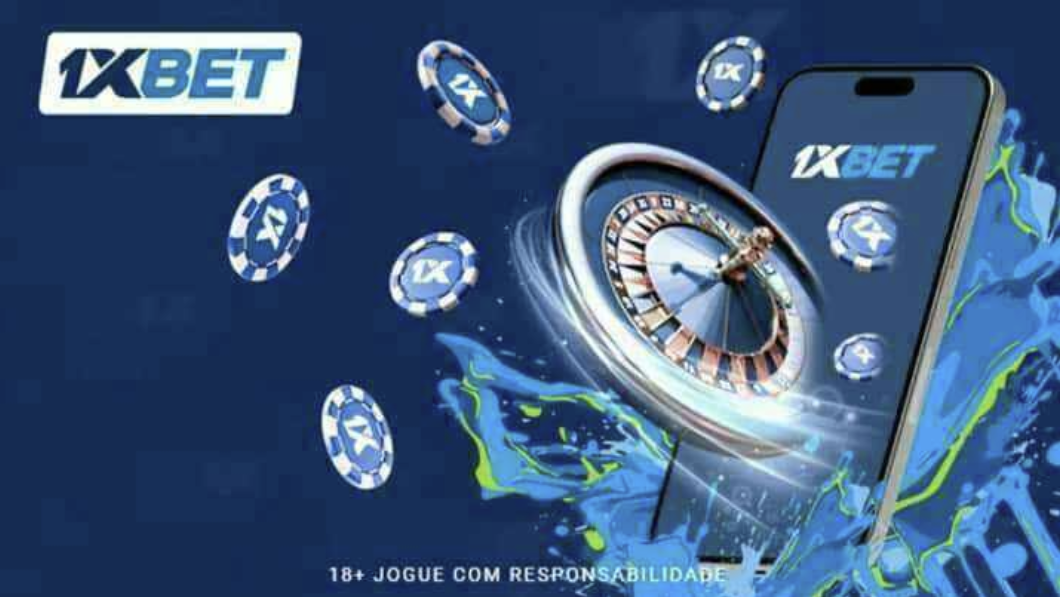The Crossover Between Sports Manga and Western Publishing
Over the last two decades, sports manga—Japanese graphic novels centered on athletics—have grown from a niche market to a global cultural force. These manga titles, from Haikyuu!! to Slam Dunk and Blue Lock, have not only captivated international audiences but also influenced Western publishing trends.
Today, the crossover between sports manga and Western publishing represents a fascinating fusion of visual storytelling, character-driven narratives, and cross-cultural appeal.
This blog post explores how sports manga are reshaping sports literature, the challenges and opportunities of publishing them in the West, and what Western publishers and writers can learn from the success of this uniquely Japanese storytelling tradition.
A Brief History of Sports Manga
Sports manga has been a staple of Japanese publishing since the 1960s, with early works like Ashita no Joe (boxing) and Captain Tsubasa (soccer) laying the groundwork for the genre. Unlike traditional sports fiction in the West, which often leans toward realism or biography, sports manga tends to be highly emotional, visually expressive, and character-focused.
It’s not unusual for a volleyball match in a manga series to span five or more chapters, highlighting the psychological growth, teamwork, and individual backstories of the athletes involved. This in-depth exploration of character through competition has proven addictive for readers, especially young adults and teens.
Why Sports Manga Resonates with Global Readers
What makes sports manga so universally appealing? One key factor is its emotional accessibility. Whether it's a high school runner overcoming anxiety or an underdog soccer team dreaming of the national championship, the stories are often structured around:
-
Personal growth and discipline
-
Friendship and teamwork
-
Rivalries and redemption arcs
-
Passion and resilience
These are universally relatable themes, transcending language and culture. Sports manga also excels at “slow-burn storytelling”—readers become deeply invested over multiple volumes, mirroring the long journey of athletes striving for greatness.
Additionally, the art style of manga—especially the dynamic motion lines and expressive faces—adds emotional intensity that traditional prose sometimes struggles to capture.
How Sports Manga Is Influencing Western Publishing
The Western book market is taking notice. Over the last decade, major publishers like Viz Media, Kodansha, and Yen Press have aggressively translated and distributed sports manga titles in English, often with great success. Titles like:
-
Haikyuu!! (Volleyball)
-
Kuroko’s Basketball
-
Yowamushi Pedal (Cycling)
-
Ace of Diamond (Baseball)
-
Blue Lock (Soccer meets psychological thriller)
have found loyal fan bases in the U.S., U.K., and beyond.
Beyond translations, Western publishers are increasingly exploring sports-themed graphic novels inspired by manga’s visual and emotional style. Books like Dragon Hoops by Gene Luen Yang demonstrate how Western authors are blending comics with memoir, sports, and coming-of-age tropes—much like Japanese creators have done for decades.
Sports Manga in Digital and Serialized Formats
Another lesson Western publishing is learning from manga is the value of serialization. Manga titles often debut chapter-by-chapter in weekly or monthly magazines (e.g., Weekly Shonen Jump) before being compiled into volumes. This creates a strong reader engagement cycle and encourages online discussion and fandom culture.
Now, with digital platforms like Webtoon and Manga Plus, Western creators and publishers are experimenting with serialized sports content, testing characters and arcs before committing to full volumes. This mirrors how manga creators refine their stories in real-time, often incorporating reader feedback.
Translation and Localization: Cultural Barriers and Bridges
Bringing sports manga to the West isn't without its challenges. Many Japanese sports manga include heavy references to local traditions, school systems, or sports leagues unfamiliar to Western readers. Translators and editors must decide how much to localize: should a “kōshien” (Japanese high school baseball championship) be explained or replaced with a Western equivalent?
Publishers now tread a careful line—preserving authenticity while ensuring accessibility. Glossaries, translator notes, and cultural footnotes are becoming more common, giving readers the tools to appreciate the richness of the original while enjoying the story in their native language.
From Page to Screen: The Anime Effect
One reason sports manga has gained so much popularity in the West is the global success of anime adaptations. Series like Haikyuu!!, Free!, Blue Lock, and Kuroko’s Basketball have turned manga stories into streaming hits, drawing new readers into the original books.
Western publishers benefit greatly from this cross-media synergy. A popular anime often leads to a spike in manga sales, merchandise opportunities, and fan conventions. The impact is twofold:
-
Increased demand for print and digital manga volumes
-
Inspiration for Western writers to emulate the sports-anime storytelling style in their novels and comics
It’s not just manga-to-anime anymore—publishers are realizing that a compelling sports narrative can live across multiple formats, something Western publishing is still catching up to.
Representation and Identity in Sports Manga vs. Western Sports Fiction
While sports manga often focuses on universal values like teamwork, dedication, and passion, it’s worth noting that it typically features homogeneous casts and Japanese-centric settings. However, newer titles and Western interpretations are beginning to diversify.
Western sports fiction, especially in graphic novels, has the chance to address topics like:
-
Race and equity in athletics
-
Gender representation and LGBTQ+ athletes
-
Socioeconomic barriers to participation
Books like Check, Please! by Ngozi Ukazu (a gay hockey player navigating college life) and Fence by C.S. Pacat (a diverse, queer-inclusive fencing story) represent this shift. These works, though Western, borrow heavily from manga pacing and art styles, showing how the manga influence is catalyzing more inclusive sports narratives in Western publishing.
Opportunities for Indie Creators and Publishers
Indie authors and small presses are well-positioned to ride the wave of sports manga’s popularity by:
-
Creating original graphic novels with sports themes
-
Blending prose and visuals in hybrid formats
-
Exploring underrepresented sports and identities
-
Leveraging platforms like Kickstarter or Webtoon for serialized storytelling
Because manga readers are accustomed to long-form storytelling and emotional arcs, they’re more likely to support creator-driven narratives that deviate from mainstream publishing norms. Indie creators who understand the sports manga formula—but add their own cultural voice—have a chance to build passionate followings.
The Future: A Two-Way Street
What started as a one-way import of Japanese sports manga into Western bookstores is now becoming a two-way cultural exchange. Western writers are embracing manga-style storytelling, while Japanese creators are increasingly aware of their global audiences. We’re seeing:
-
More collaboration between Eastern and Western illustrators
-
Dual-language releases
-
American sports (like American football or skateboarding) becoming settings for manga stories
-
Anime-style Western productions gaining ground (Yasuke, Castlevania)
As the boundaries blur, the future of sports publishing—both prose and graphic—is rich with possibility. The rise of global fandoms, multilingual reading platforms, and cross-cultural storytelling ensures that sports will remain a universal narrative force in the book world.
Conclusion: Beyond Borders, Beyond Sports
The crossover between sports manga and Western publishing is more than a trend—it’s a transformation. It shows us that compelling storytelling, driven by passion, hardship, teamwork, and identity, transcends medium and geography. For readers, it offers new ways to engage with sports stories. For writers and publishers, it opens a wider field of creative play.
Whether you're a novelist looking to capture the intensity of competition or a comic artist inspired by Haikyuu!!'s kinetic energy, there’s much to learn from the narrative power of sports manga—and even more to contribute to its growing legacy.








